
Developer: Grimorio of Games
Publishers: Grimorio of Games, JanduSoft, Game Seer Ventures
Platform: Switch, PS4, Xbox One, PC, Xbox Series X/S, PS5
Tested On: Switch
Sword of the Necromancer – Review
Developers often try to add as many mechanics as possible in order to make their games more fleshed out, but it’s easy for it to backfire. Spreading oneself too thin is quite a common thing which only subtracts value out of what could’ve otherwise been good. Such is the case with Sword of the Necromancer, a roguelite attempting to turn the genre on its head, only to slip up and fail at it.
Story
Sword of the Necromancer’s story revolves around a priestess and a brigand-turned-bodyguard, known as Koko and Tama respectively. After Koko’s untimely demise for unknown reasons, Tama sets out to pursue the titular sword, a legendary tool capable of resurrection.
Unluckily, after Tama obtains the sword, her attempt to resurrect Koko fails, due to the sword’s lack of power. Seeing this from the depth of the dungeon, the Necromancer who originally created the sword proceeds to challenge Tama to come and defeat them in order to awaken the sword’s true abilities.
As players progress through the dungeon and defeat more bosses, they will unlock more and more of the story in the form of flashbacks. These flashbacks recount Tama and Koko’s meeting and travels, fleshing out both their characters and exploring the blossoming love between the two. Although the story is nothing new and the progression might feel a tad rushed, it is still well written and entertaining enough.
Graphics
The game’s graphics are pretty good, made up of nice pixel art throughout the whole game and complete illustrations for the cutscenes. That said, most of the in-game designs often stray on the blander side, featuring few details despite the decent amount of different items and enemies. The same also applies to the environments themselves, which often feel barren and samey.
Going back to the enemies, these can also come in different colors depending on the element they belong to, which oftentimes will make them stick out like a sore thumb against the muted backgrounds. Although not downright ugly, the massive contrast of colors can feel out of place more often than not. Luckily this doesn’t apply to the bosses, which each have unique designs not shared with any of the other creatures, although not particularly sticking to a theme.
Sound
Besides the decent graphics, Sword of the Necromancer also features a pretty good soundtrack, featuring 32 different songs with most being quite alright even if not groundbreaking. These all alternate through the dungeon and are varied enough to keep players from getting tired of them. The game also features really good voice acting during the cutscenes, with all of the actors doing a great job in their own right. All this said, the quality clearly stuck to these two areas, leaving little for the SFX which are serviceable but little more than that.
Gameplay
Sword of the Necromancer belongs to the dungeon-crawler roguelite genre, featuring the usual staple of the player getting stronger with each run. Inside the dungeon, players have several tools at their disposal, the main ones being the ability of the titular sword, charged attacks and a dodge dash. Both charged attacks and the dash rely on a regenerating stamina resource, also utilized by other mechanics such as utilizing magic items or deploying resurrected minions.
As usual in the genre, players will explore different dungeons, while defeating enemies and obtaining new items on random chests. With each enemy defeated, players will also receive some experience with which they will level up, increasing their stats over time. That said, these stat increases are not particularly noticeable and take a long time to stack, with plenty of grinding involved to achieve them.
After defeating enemies, players may also choose to revive them using the Necromancer’s sword in order to use them as AI-controlled puppets. These resurrected enemies also level up as the game progresses, assuming they don’t die, increasing in power up to 5 times. Similarly to the player level up system, this is also a lengthy and tiresome process, although the later ranks receive a quite noticeable increase in strength. Despite that, the AI is not precisely wondrous, with pathing that often leaves minions walking into walls or wandering around, forcing the player to manually reposition them.
This revival mechanic is also tied with the inventory system since a revived enemy takes up one of 3 available slots. This limit of 3 also includes weapons, passive-effect items and consumables, frequently forcing the player into some frustrating choices, which immediately renders the main gimmick of the game half useless.
Most of the random weapons and passive items a player might find will be utterly irrelevant compared to a leveled monster, especially the passives. These items will usually only grant a slight increase to elemental resistance, which changes virtually nothing due to enemy elements being completely random. To rub salt in the wound, there are plenty of cases where players will need to sacrifice one of their leveled monsters in order to use a consumable healing potion, losing a powerful tool and leaving an inventory slot empty in order to recover.
While enemies do drop random health recovery, these are extremely unreliable, due to the fact that they only heal two points of health and are random. Most enemies after the first level will deal more than two points with every single hit, with the only way to fully recover being one of these potions or leaving the dungeon after defeating a boss.
Said bosses aren’t without issue either, despite being mostly entertaining fights. After defeating each of these unique bosses, players are left with no reward, only able to leave the dungeon to the main hall or delve further into it. If a player chooses to leave, they will regenerate all their health and be able to upgrade their items, in exchange for the dungeon’s level resetting, forcing them to go through the same thing over again.
The item upgrade is also utterly flawed, mainly due to two things: grinding and item loss. Upgrading a single item requires a slew of different shards that can be randomly found in the dungeon. These come in different types utilized for different upgrades. In case of a player managing to grind the over 20 shards required per upgrade, their effort might still be in vain, seeing as death would still make them lose their item.
Sword of the Necromancer does feature options to disable item loss on death though, but these are only unlocked after meeting certain conditions. Once available, players may be able to change the game’s difficulty and remove experience and item loss. While these are definitely not required to beat the game, the decision to lock them behind requirements is at the very least questionable.
Conclusion
Sword of the Necromancer is a rather drab roguelite that offers little more than poorly balanced mechanics coated by a cutesy story and nice graphics and sound. Those looking for the new Hades or Enter the Gungeon won’t find it here, although newcomers to the genre might find it interesting as a first step. At a price of $/€14,99 or £13.49, Sword of the Necromancer is not particularly expensive, although waiting for further updates or a sale might be a good idea.
Personal Opinion
“Sword of the Necromancer is probably the most boring roguelite game I’ve played in a long time. Going against everything the genre stands for, that being fast-paced runs and complete randomness. The game attempts to include grind into its core gameplay without accounting for the existence of progress loss that also comes with the genre. There is little more bothersome than to spend time obtaining and upgrading items only to lose them shortly after. While some might argue that it’s a matter of “gitting gud”, I’d argue the core mechanics should’ve been better thought out before release. It should be mentioned that, at the time of this review, a patch for the Steam version adding a bag for players adding more storage is out. Inbound for the Switch version, which was used for this review, might solve some of the issues, although the core flaws of grind and item loss won’t change. Funnily enough, this update won’t even fix the passive items, which will remain useless since the developers have stated those things stored in the bag won’t have any gameplay effects. Do I think Sword of the Necromancer is a bad game? Not really, but it does need a lot of polish and it should’ve been tested a lot more before release. Proof enough of this is how quickly the developers have added inventory space after the players’ complaints.”
Sword of the Necromancer - Review,
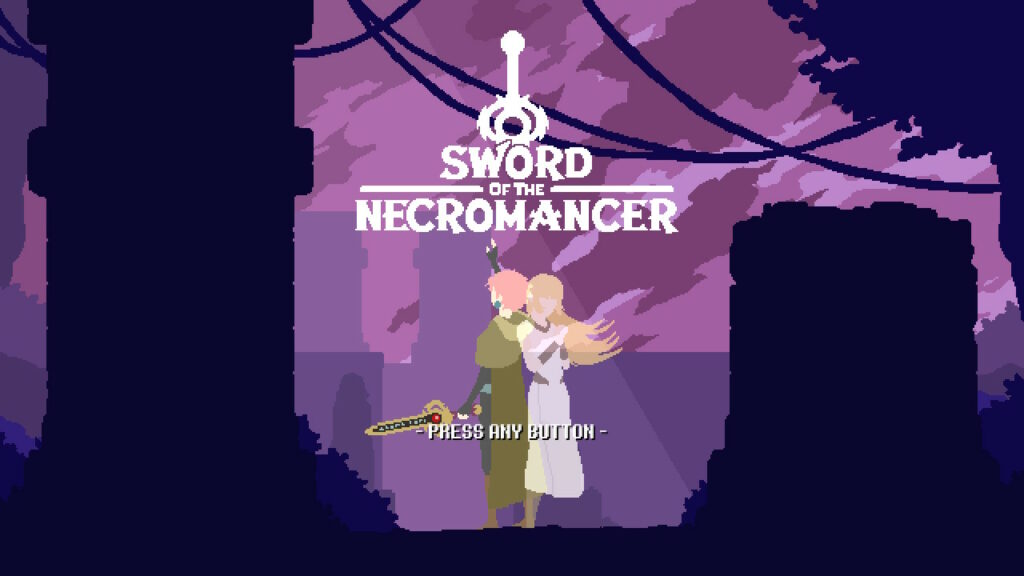


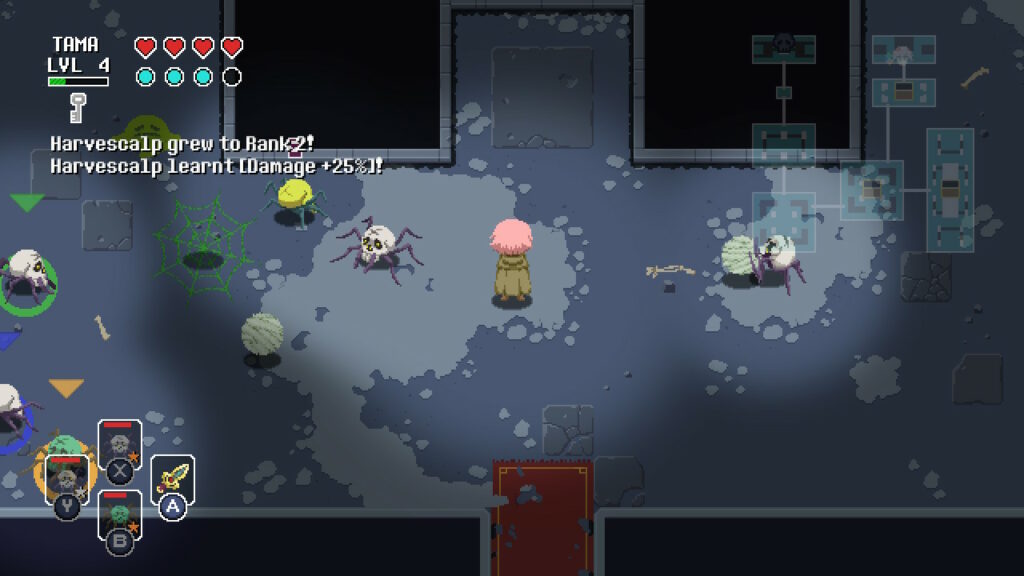
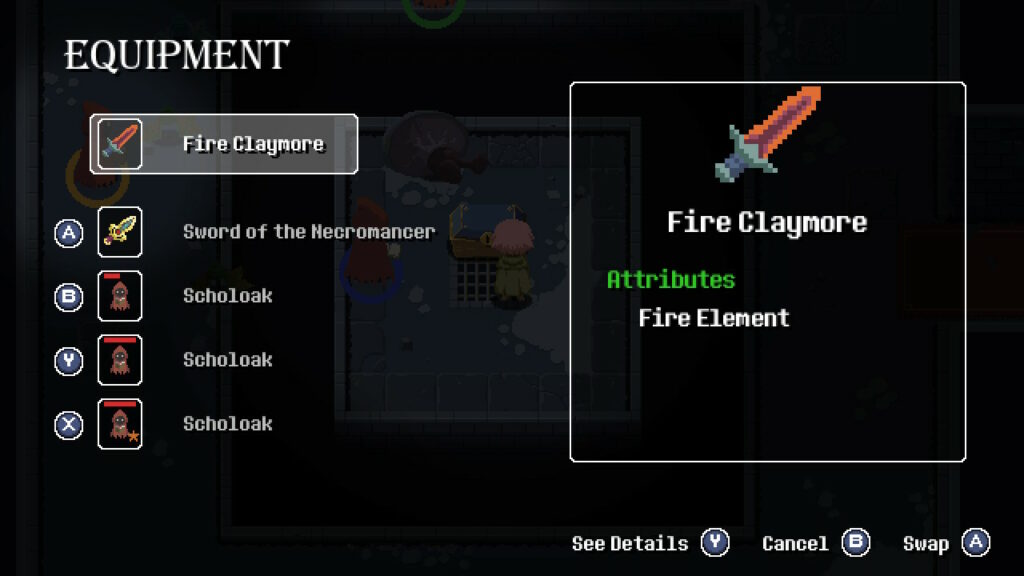
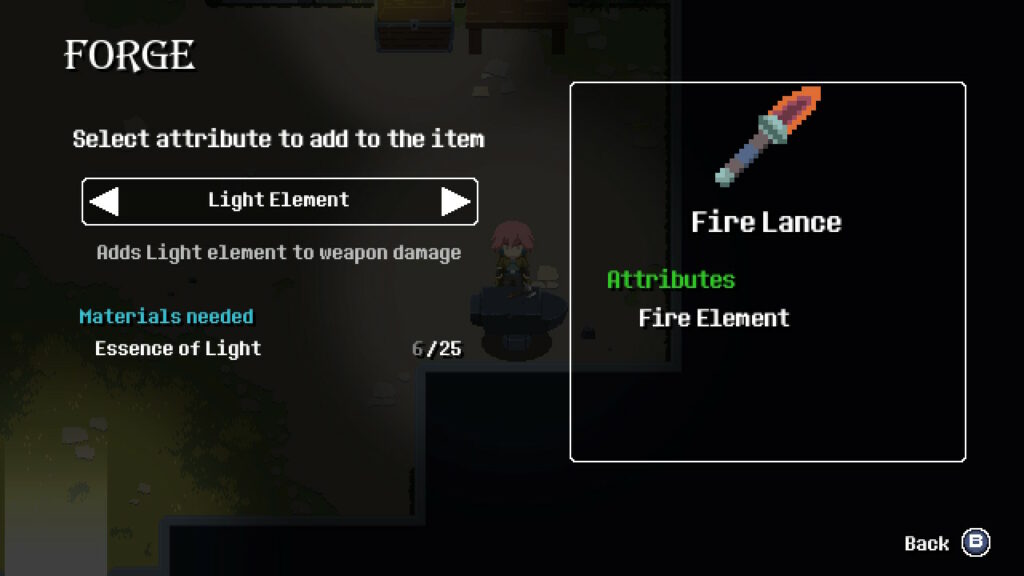

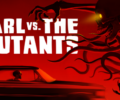

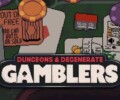
No Comments